| Lesson 7 | Infrastructure for e-commerce |
| Objective | Describe the Infrastructure required to implement e-commerce. |
Describe Infrastructure required to implement e-commerce
Numerous systems and tools must be in place to support e-commerce transactions from initial contact to order fulfillment and inventory management. To set up an e-commerce site, you need:
- A merchant system
- Security mechanisms for the hardware
- Security mechanisms to protect the customers
Merchant system
Merchant systems facilitate online purchases and credit card transactions. They are comprised of components such as merchant servers and merchant software. A merchant account at a financial institution is required to handle credit card transactions. All the components are needed to facilitate credit card transactions, and as you may recall in our previous lesson on B2B sites, EDI (Electronic Data Interchange) enables secure transactions between banks of two businesses allowing payments to be exchanged electronically.
There are many hardware and software devices to protect the e-commerce hardware (the server), as well as the customer. A firewall is an example of a hardware security mechanism to protect the server; encryption is an example of software to protect the customer.
There are many hardware and software devices to protect the e-commerce hardware (the server), as well as the customer. A firewall is an example of a hardware security mechanism to protect the server; encryption is an example of software to protect the customer.
Business support mechanisms
There are other systems required to implement an e-commerce site. These are not necessarily hardware or software, but support mechanisms. One support mechanism involves customer relationship management (CRM).
CRM integrates sales, marketing, customer support, engineering, and quality assurance through software, or a process, or both. You will learn about additional support mechanisms in the following SlideShow.
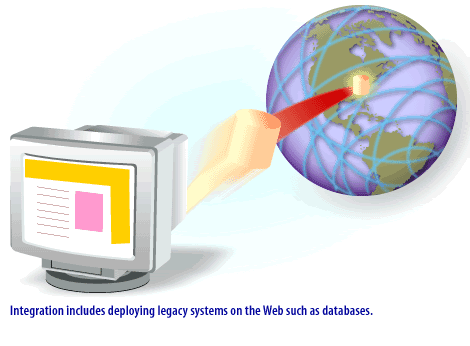
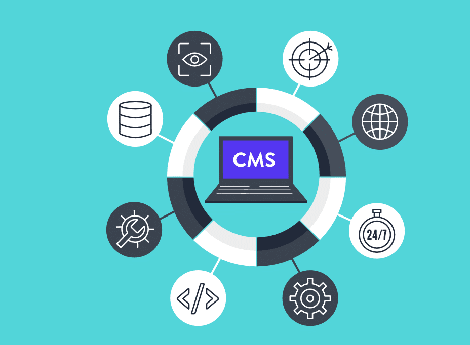
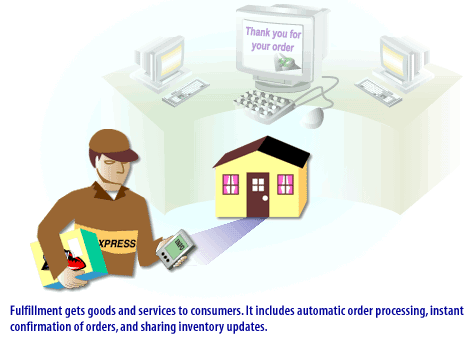
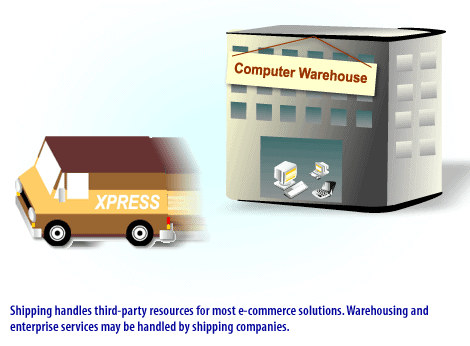
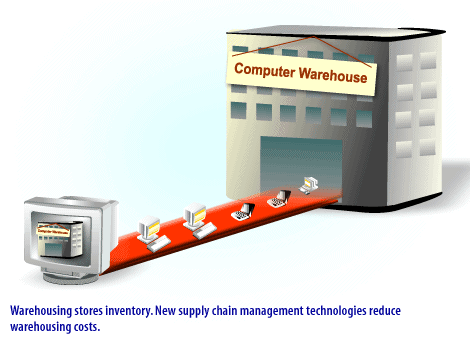
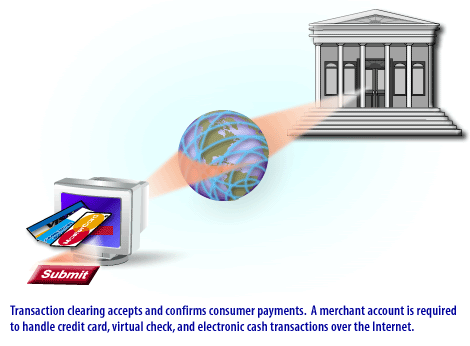
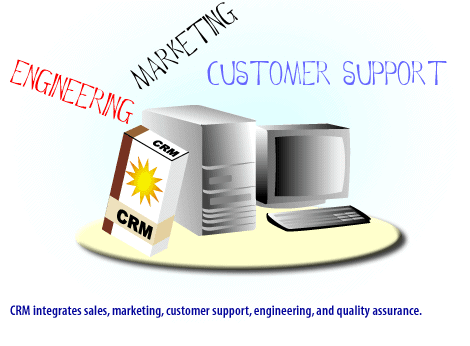
- Integration includes deploying legacy systems on the Web such as databases.
- Content management organizes product information, product images, and other components of the storefront.
- Fulfillment get goods and services to consumers. It includes automatic order processing, instant confirmation of orders, and sharing inventory updates.
- Shipping handles third-party resources for most e-commerce solutions Warehousing and enterprise services may be handled by shipping companies.
- Warehousing stores inventory. New supply chain management technologies reduce warehousing costs.
- Transaction clearing accepts and confirms consumer payments. A merchant account is required to handle credit card, virtual check, and electronic cash transactions over the Internet.
- CRM integrates sales, marketing, customer support, engineering, and quality assurance.






Ecommerce Support Mechanisms
In the next lesson, you will identify issues associated with conducting business globally on the Internet.
In the next lesson, you will identify issues associated with conducting business globally on the Internet.
Ecommerce Infrastructure - Quiz
Click the Quiz link below to test how well you understand e-commerce infrastructure.
Ecommerce Infrastructure - Quiz
Ecommerce Infrastructure - Quiz